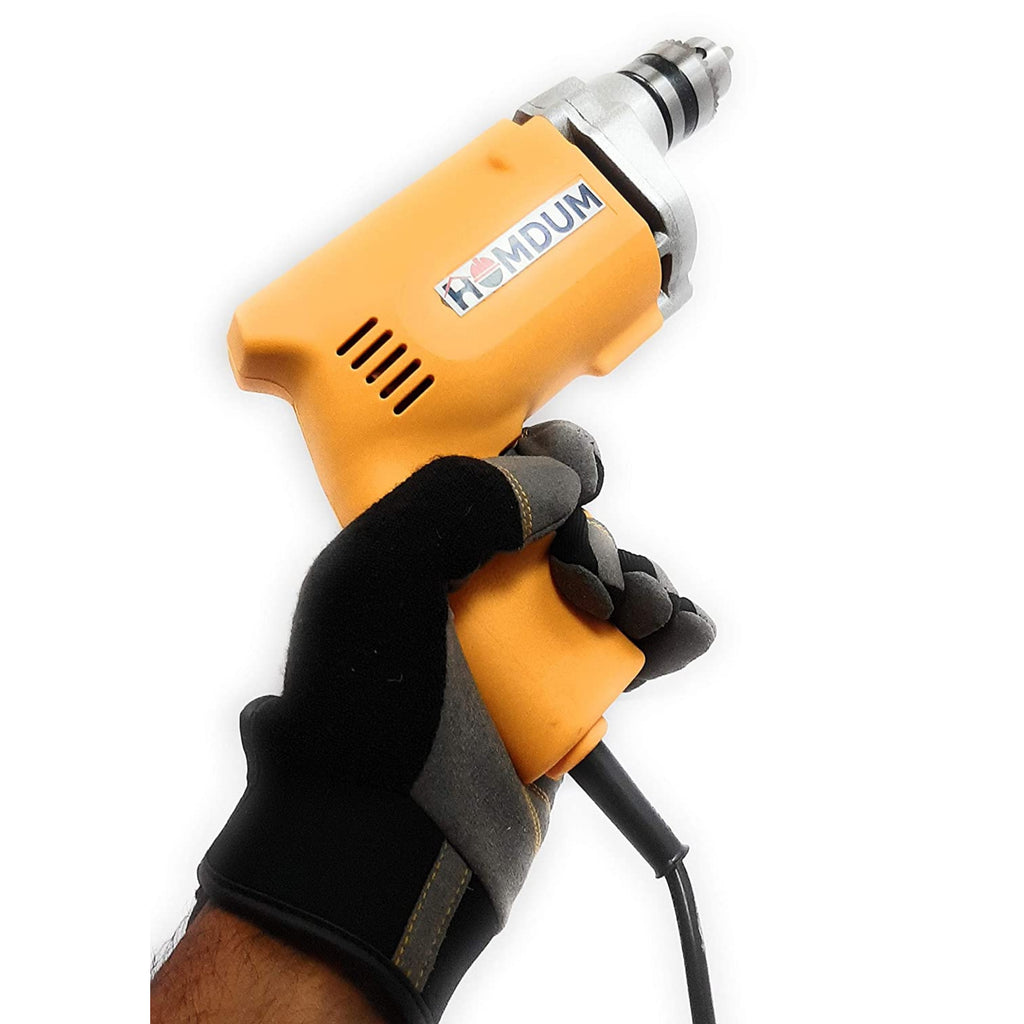The realm of power tools has seen a surge in innovation, and among the versatile options available, the Dremel stands out for its precision and multifunctionality. In this exploration, we dive into the question: Can a Dremel truly replace a traditional drill? Let's dissect the capabilities of both tools to help you make an informed decision for your DIY or professional projects.
- Understanding the Dremel:
a. Compact Design and Accessories:
The Dremel is renowned for its compact and lightweight design, making it exceptionally maneuverable. Equipped with an array of attachments and accessories, it offers versatility beyond traditional drills. b. High RPMs and Variable Speed:
Dremel tools boast high revolutions per minute (RPMs) and variable speed settings, enabling precise control over various materials and applications. - Dremel as a Drill:
a. Drilling in Soft Materials:
For softer materials like wood, plastic, or thin metal, a Dremel can effectively replace a drill. Its high-speed rotation and adaptability make it suitable for creating pilot holes or intricate designs. b. Small Scale Projects:
When working on small-scale projects that require precision, such as jewelry making or model crafting, the Dremel's fine-tuned control can outshine the traditional drill. - Limitations of Dremel as a Drill:
a. Power and Torque:
While the Dremel excels in precision, it may lack the raw power and torque needed for heavy-duty drilling tasks, especially in dense materials like hardwood or thick metal. b. Limited Bit Size Range:
The Dremel's chuck size may limit the range of drill bit sizes it can accommodate, restricting its utility for larger or more industrial applications. - When a Traditional Drill Prevails:
a. Heavy-Duty Drilling:
For heavy-duty tasks requiring significant power, a traditional drill remains unparalleled. It effortlessly handles larger drill bits and tackles challenging materials. b. Depth and Consistency:
Traditional drills are better suited for tasks requiring consistent drilling depth, making them ideal for construction or woodworking projects where precision meets power. - Hybrid Approaches - Best of Both Worlds:
a. Dremel Drill Press Attachments:
Enhance the drilling capabilities of a Dremel by utilizing drill press attachments. This transforms the Dremel into a more stable platform for accurate drilling. b. Combining Tools for Efficiency:
Recognizing the strengths of each tool, some users opt for a hybrid approach, using the Dremel for intricate work and a traditional drill for heavy-duty tasks. - Considerations for DIY Enthusiasts and Professionals:
a. Project Requirements:
Assess the specific requirements of your projects – intricate detail work may lean towards the Dremel, while large-scale construction may necessitate the power of a traditional drill. b. Budget and Tool Collection:
Consider your budget and existing tool collection. Owning both a Dremel and a traditional drill may provide the versatility needed for a range of projects. - Conclusion:
The Dremel's precision and versatility make it a valuable tool for various applications, but whether it can entirely replace a traditional drill depends on the nature of your projects. Understanding the strengths and limitations of each tool empowers you to make informed decisions, ensuring efficiency and success in your endeavors.

